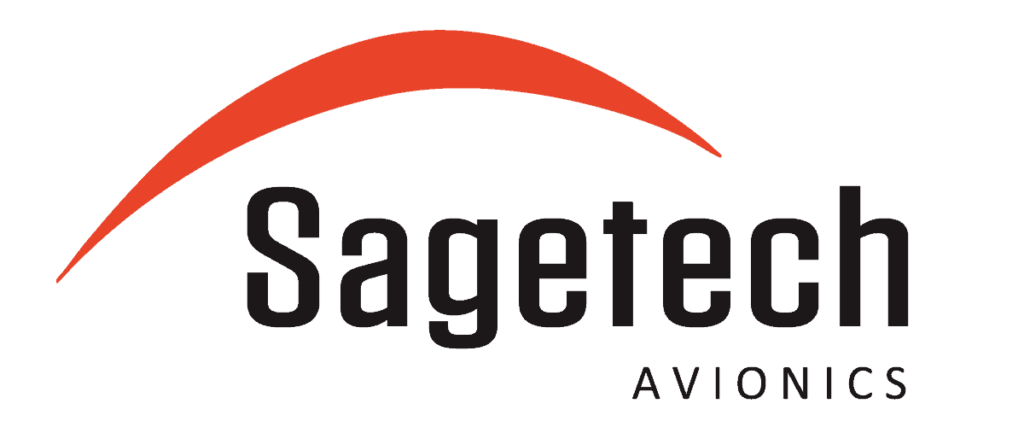Avionics company Sagetech Corporation and unmanned aircraft manufacturer Arcturus UAV demonstrated joint flight operations between manned aircraft and a drone using the FAA NextGen ADS-B (Automatic Dependent Surveillance-Broadcast) system. The two companies simultaneously flew a manned Cirrus SR-22 and unmanned Arcturus T-20 in adjacent airspace while operators and the pilot used the ADS-B system to track one another’s position and flight path in real time.
At the October 24 demonstration over McMillan Airfield in Camp Roberts, Calif., both aircraft used Sagetech XP transponders to broadcast ADS-B position messages. The Cirrus SR-22 pilot and UAV ground operators received those messages with Sagetech Clarity receivers, which relayed them via wi-fi to an iPad. Using an Electronic Flight Bag app like Hilton Software’s popular WingX, the iPad clearly displayed the positions of both aircraft as they flew—each a named icon indicating its exact location, heading and altitude.
“Even when I couldn’t see the UAV visually from the cockpit, I could see it electronically on my iPad, including its heading,” said Kelvin Scribner, the pilot of the Cirrus SR-22 and president of Sagetech Corp. “And it was right there on the aviation charting app I already use in flight, Hilton Software’s WingX.”
“It’s really that simple,” Scribner said of the successful demonstration. “And that’s the point—it’s really that simple. We’re demonstrating that the technology and the equipment are here now for joint manned/unmanned aircraft operations.”
Currently, unmanned aircraft are not permitted to fly outside restricted airspace in the U.S., because their small size makes them invisible to pilots and virtually undetectable by radar. But sharing the airspace would be beneficial for situations such as wilderness firefighting, where temporary flight restrictions (TFRs) prohibit most outside aircraft. Within that restricted space, UAVs equipped with ADS-B transponders could work alongside manned aircraft to monitor fire activity and manage firefighting strategies, with lower risk and at a lower cost than helicopters. Other potential manned/unmanned joint operations include disaster relief efforts and search-and-rescue operations.
“I’ve been waiting to see this for a long time,” remarked Brian Whiteside at the McMillan Airfield demonstration, tracking both aircraft on his smartphone. Whiteside is president of VDOS, a McMinnville, Oregon company that provides data operations support for UAVs. “As an operator, this is exactly what I need. I could see deploying it next year.”











